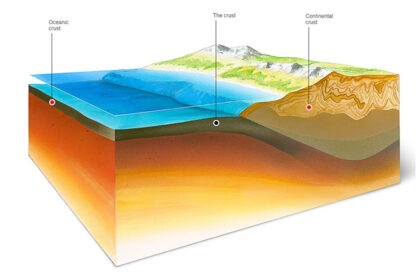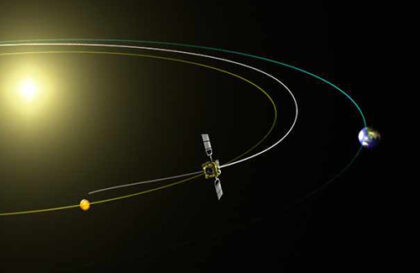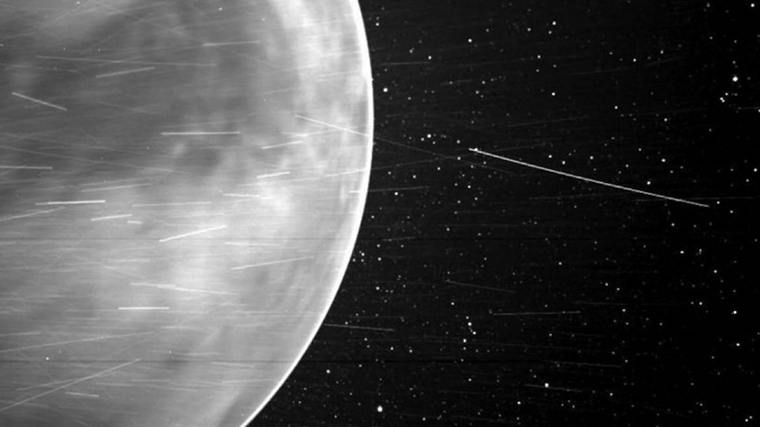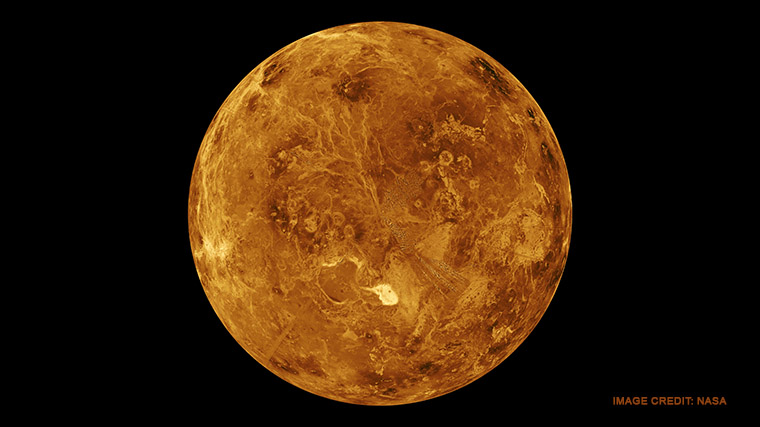The first photographs of the surface of Venus were taken by the Soviet Venera-9 spacecraft. “Venera-9” was part of the Venera program, which aimed to explore Venus and collect data on its atmosphere and conditions on the surface. These photos are more than 40 years old.
“Venus-9” was launched on June 8, 1975, and reached Venus on October 22, 1975. The spacecraft consisted of a descent module and an orbiter. The landing module separated from the orbiter and descended through Venus’ atmosphere. Despite the extreme conditions on Venus, including high temperatures and pressure, the landing module successfully landed on the surface.
To slow the descent of the landing module and ensure a safe landing, a parachute system was incorporated into the landing module design. This system helped stabilize the descent of the landing module through the dense atmosphere of Venus. The landing module was equipped with landing struts, or a mechanism designed to absorb the shock of landing on the surface of Venus.
The Venus 9 landing module contained several instruments, including a camera system that was responsible for capturing and transmitting the first photographs of the surface of Venus. The photographs show a rocky terrain, and it can be seen that the surface consists of large angular rocks.
In parallel with Venera-9, Venera-10 was launched. Both were considered to be a single mission.
“Venera-10” after aerodynamic braking carried out descent by parachute for 20 minutes to conduct research of the cloud layer, then the parachute was dropped and a rapid descent was carried out. The descent vehicle made a soft landing on October 25, 1975, on the illuminated side of Venus, invisible from Earth at that time.
The most recent available data on the planet’s surface came from NASA’s Magellan mission in the early 1990s, which used radar to map the surface of Venus. It studied the planet for 30 years. It ceased operations as a result of an intentional crash into Venus’ atmosphere in 1994.
In 1990, there were Galileo probe images of Venus clouds from a distance of 2.7 million kilometers.
Spacecraft “Venus Express” in 2007 made a photo of the southern hemisphere of Venus with the same mysterious clouds that “Galileo”. But from a distance of 35 thousand kilometers.
The Solar Dynamics Observatory spacecraft, which studies the Sun, photographed Venus as it moved against the Sun in 2012. It will be possible to repeat such a picture in 100 years only in 2117 during the next transit of Venus.
One of the most famous photos of Venus was obtained by Japan’s Akatsuki spacecraft, which entered orbit around the planet in 2015.
But the first and last photos of the planet’s surface were those of Venus 9, which are nearly half a century old.
Those same photos were the first ever photos taken from the surface of another planet. The most famous is the work of Don Mitchell, who did a reconstruction of the photos.
Credit: Donald Mitchell
Image credit:
https://www.gettyimages.co.uk
http://mentallandscape.com
http://mentallandscape.com
https://www.russianspaceweb.coml




